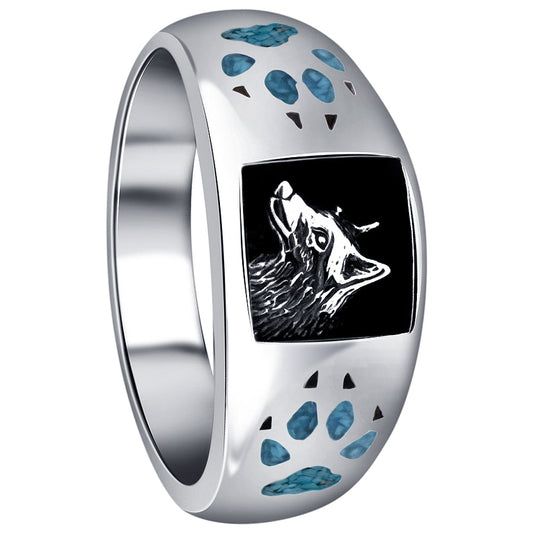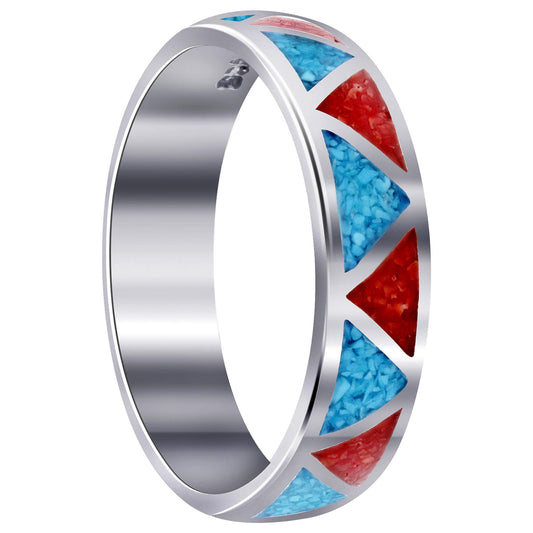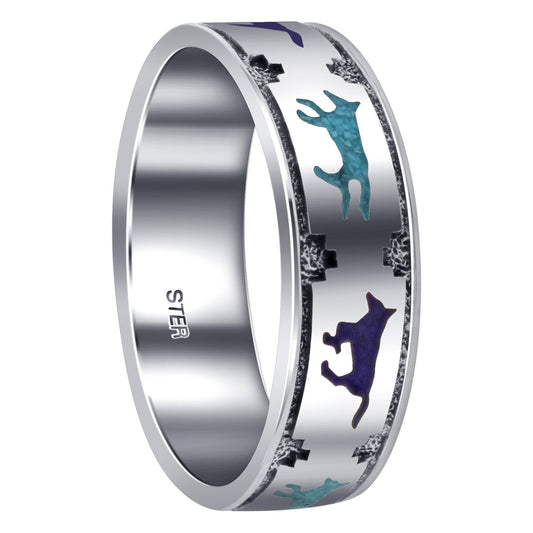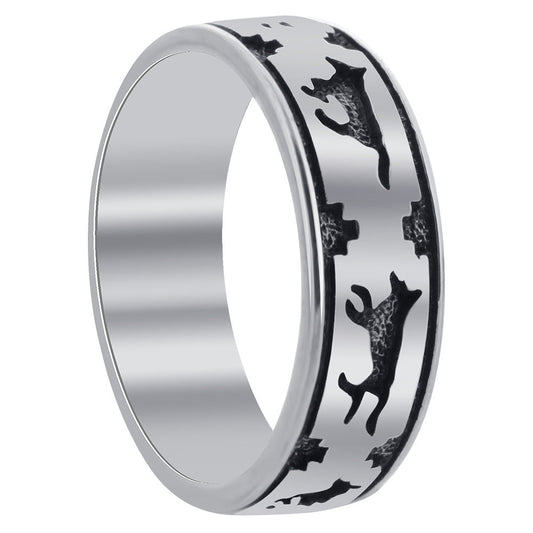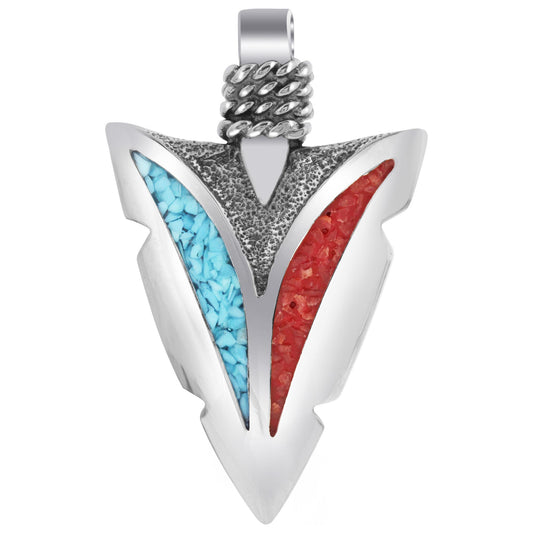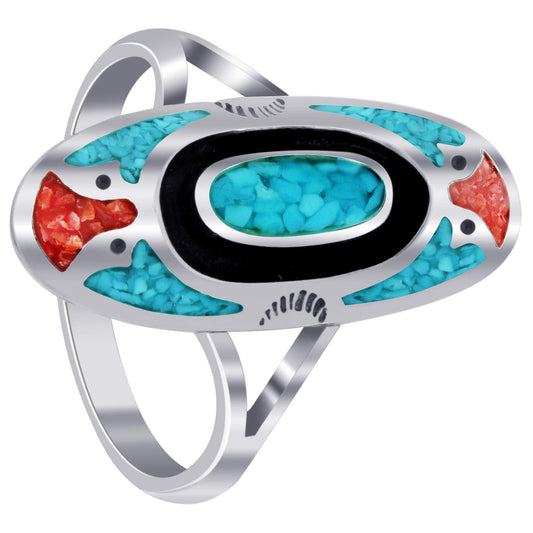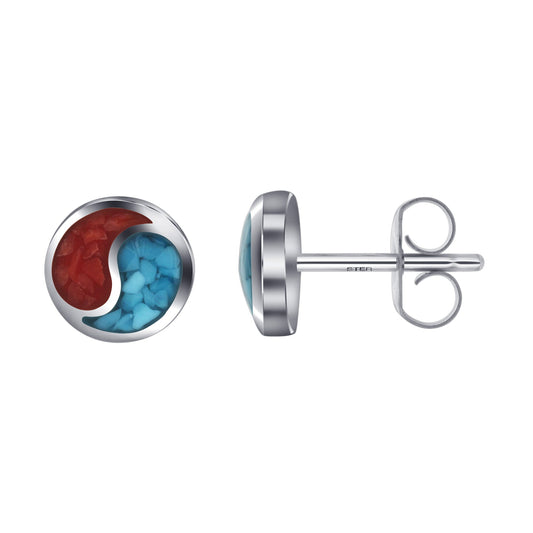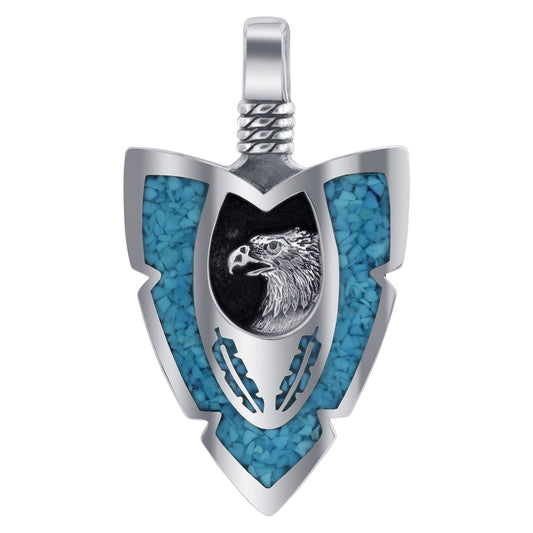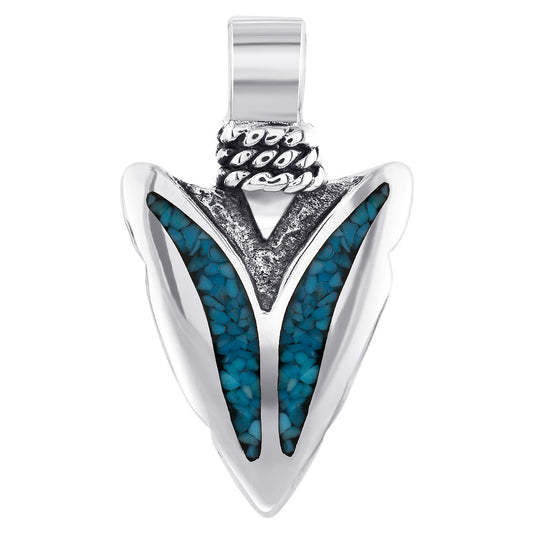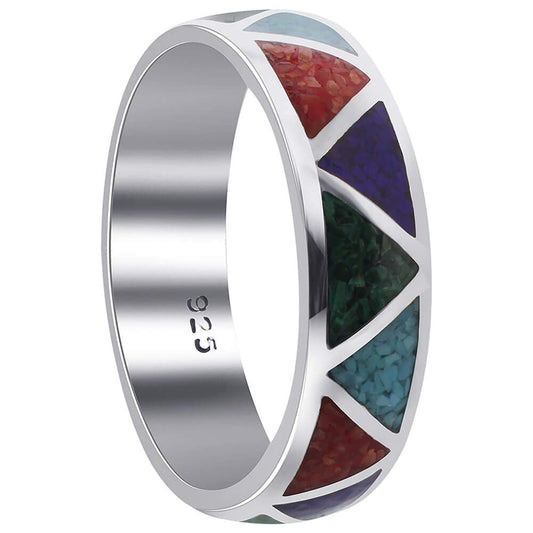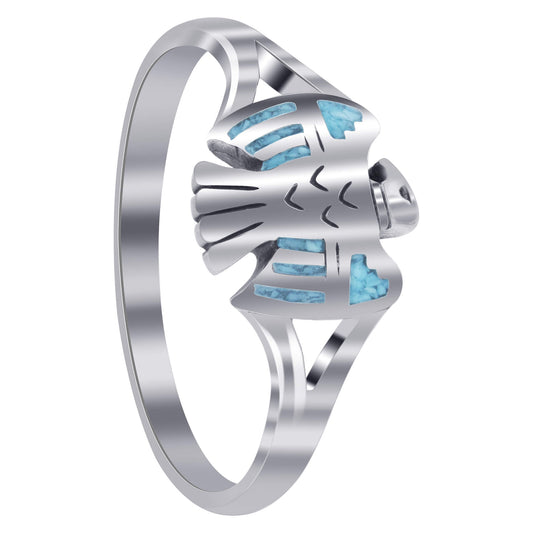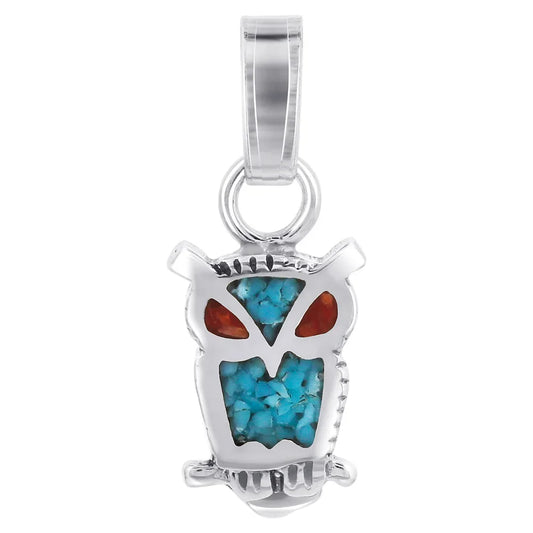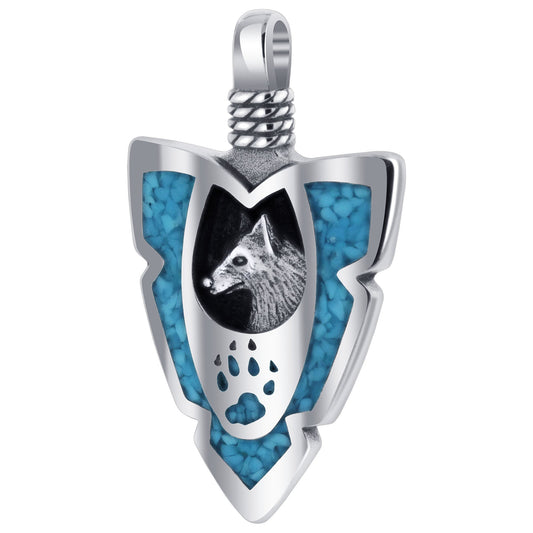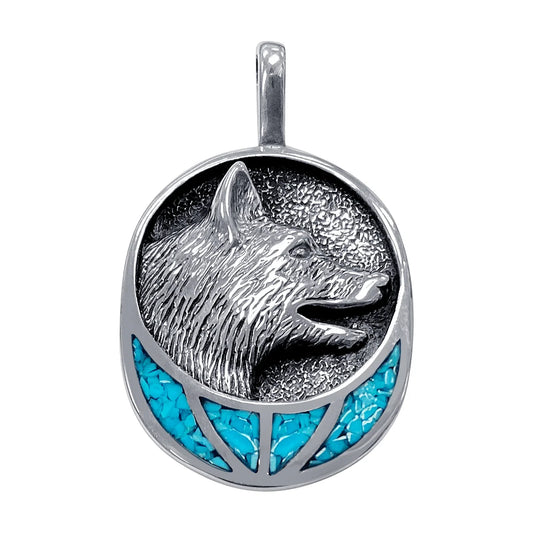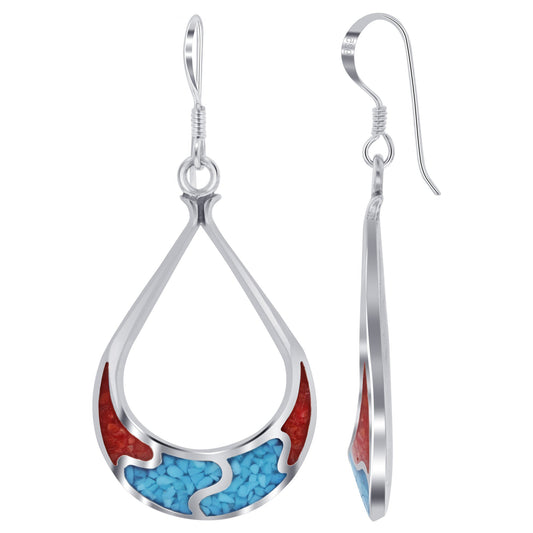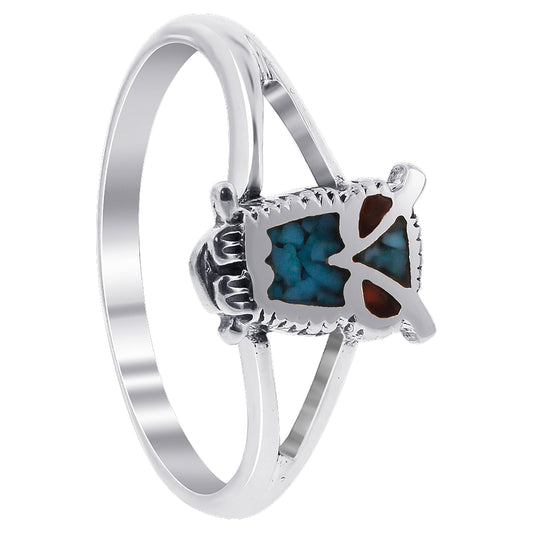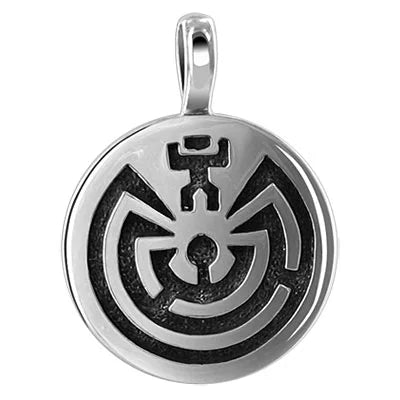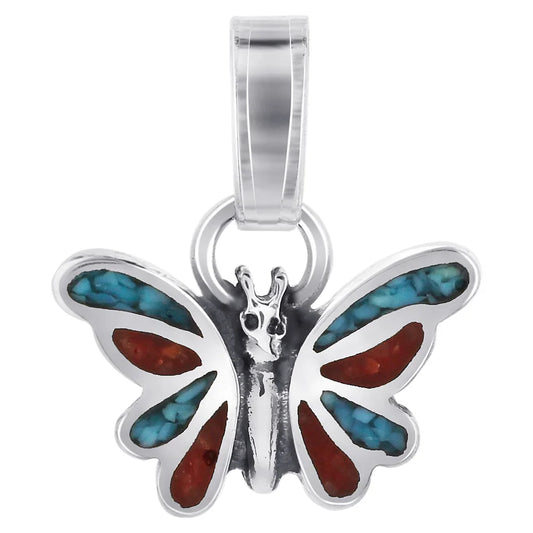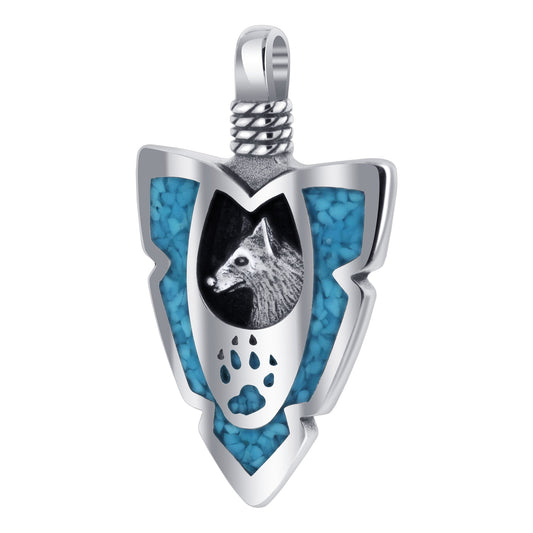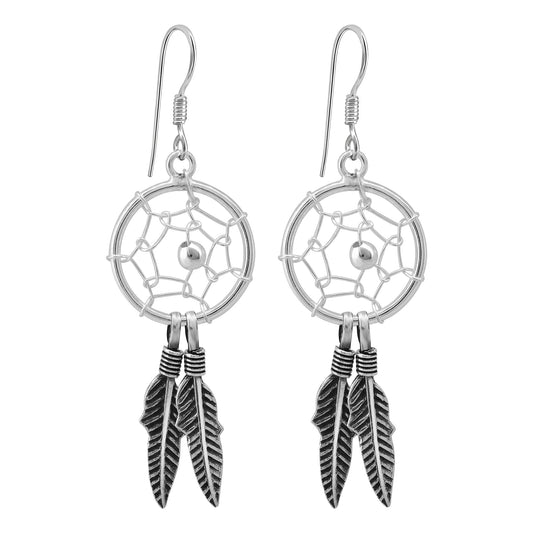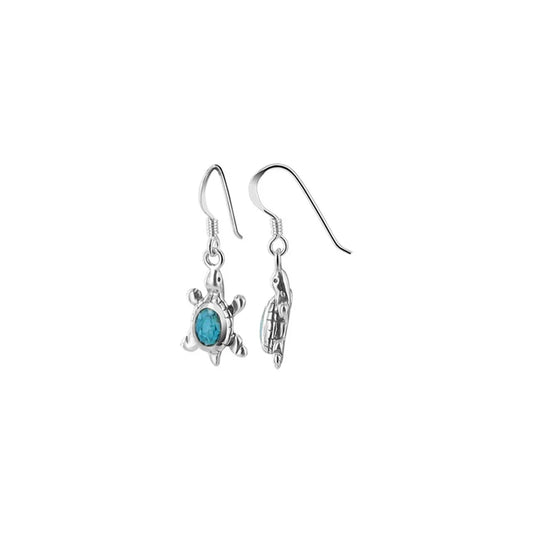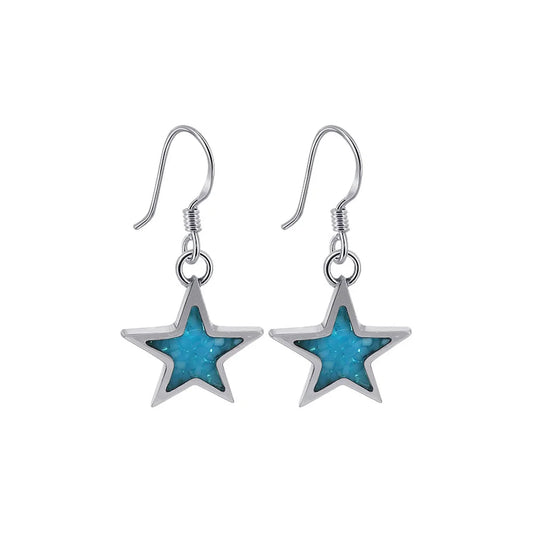Southwestern Style Jewelry
-
Regular price From $49.99 USDRegular priceUnit price / per
-
Regular price From $35.99 USDRegular priceUnit price / per
-
Regular price From $44.99 USDRegular priceUnit price / per
-
Regular price From $35.99 USDRegular priceUnit price / per
-
Regular price $36.99 USDRegular priceUnit price / per
-
Regular price $37.99 USDRegular priceUnit price / per
-
Regular price From $18.99 USDRegular priceUnit price / per
-
Regular price $87.99 USDRegular priceUnit price / per
-
Regular price $29.99 USDRegular priceUnit price / per
-
Regular price From $39.99 USDRegular priceUnit price / per
-
Regular price $28.99 USDRegular priceUnit price / per
-
Regular price $15.99 USDRegular priceUnit price / per
-
Regular price $43.99 USDRegular priceUnit price / per
-
Regular price $26.99 USDRegular priceUnit price / per
-
Regular price From $27.99 USDRegular priceUnit price / per
-
Regular price $21.99 USDRegular priceUnit price / per
-
Regular price $23.99 USDRegular priceUnit price / per
-
Regular price $14.99 USDRegular priceUnit price / per
-
Regular price $70.99 USDRegular priceUnit price / per
-
Regular price $12.64 USDRegular priceUnit price / per
-
Regular price $32.99 USDRegular priceUnit price / per
-
Regular price $24.99 USDRegular priceUnit price / per
Southwestern-style jewelry has a rich history in Native American cultures, focusing on bold colors and designs with natural materials like turquoise, silver, and shell. These tribes incorporate spiritual imagery into their pieces; jewelry crafted by them has been popular for centuries. The Hopi, Navajo, and Zuni are just some of the many Indigenous peoples who have left a lasting impact on Southwestern-style jewelry.

Southwestern jewelry is unique and recognizable for two reasons: its use of turquoise and silver. Turquoise has been a part of Native American cultures for thousands of years – it's believed to symbolize protection, good fortune, and spiritual healing properties. The Navajo people were the first to incorporate silver into their jewelry-making after learning silversmithing techniques from the Spanish in the 1800s, which makes sense because silver is so versatile yet durable. Both these materials create distinctive and intricate pieces that carry cultural history as well as visual appeal. Boasting a unique take on jewelry design, the southwestern style often integrates other natural materials, like coral, shell, and bone. This adds texture and color to pieces as well as representing animals, plants or any natural symbol. The combination of all these elements makes for truly beautiful creations. Southwestern jewelry is renowned for its unique, Art Deco-inspired aesthetic and intricate stamp work. With its bold geometric designs and clean lines, it can be either dressed up or down to create a variety of looks. Collectors and fashion enthusiasts alike appreciate its beauty as well as the cultural importance behind the pieces.
History and Cultural Significance
Southwestern jewelry has roots in both Native American craftsmanship and the influence of Spanish settlers in the 16th century, who introduced silversmithing. The Navajo, for example, adopted silversmithing techniques, merging them with their own beadwork and stone-setting skills to create the distinct style we see today. Other tribes like the Zuni became known for their lapidary skills, creating intricate inlay patterns from natural stones, especially turquoise, coral, and mother of pearl. Each tribe’s techniques contribute unique styles, whether it’s the Navajo’s heavy silver pieces, the Hopi’s silver overlay designs, or the Zuni’s vibrant stone inlays.
In Southwestern culture, materials and symbols hold special meanings. Turquoise is the most iconic gemstone in Southwestern jewelry and symbolizes protection, healing, and good fortune. Silver, a staple material, often carries spiritual significance and complements the stone’s natural beauty. Common symbols include animals like eagles and bears, geometric shapes, and natural elements such as water or the sun, each representing a unique aspect of Native American beliefs.
Types of Southwestern Jewelry
-
Turquoise Jewelry: Known as the "sky stone," turquoise is a staple in Southwestern jewelry, found in everything from rings to necklaces. Its shades range from bright sky blue to greenish tones, often veined with brown or black matrices that add to its uniqueness.
-
Inlay Jewelry: The Zuni tribe mastered this style, which involves embedding small stones (like turquoise, coral, and jet) into silver to create complex designs. Inlay pieces are prized for their craftsmanship and are often seen in rings, bracelets, and earrings.
-

Stamped Silver Jewelry: Navajo artists use hand-stamping techniques to decorate silver with designs such as sunbursts, arrows, and waves. This technique creates a textured, rustic effect that is emblematic of Navajo silverwork.
-
Concho Belts and Buckles: Concho belts are ornate leather belts adorned with large silver discs (Conchos), often set with turquoise. They are traditional Southwestern pieces that highlight intricate silverwork and sometimes inlaid stones.
-
Beaded Necklaces and Earrings: Using a variety of natural stones and materials, beadwork is common in Southwestern jewelry. Necklaces and earrings are often made from turquoise, coral, or spiny oyster shells, sometimes interspersed with silver or bone.
-
Squash Blossom Necklaces: These are some of the most recognizable pieces in Southwestern jewelry, featuring large crescent-shaped pendants known as "najas" combined with silver or turquoise beads.
Styling Tips for Southwestern Jewelry
Southwestern jewelry pieces are versatile and easy to incorporate into a range of outfits:
-
Casual Wear: A single turquoise ring or silver cuff bracelet can add a rustic, earthy touch to a casual look. Layering several pieces, like stacking turquoise rings or wearing beaded necklaces, is a popular trend.
-
Bohemian Style: For a boho-chic look, mix and match bold pieces such as chunky turquoise necklaces with flowing skirts, denim, or suede jackets.
-
Formal Occasions: Statement pieces, such as squash blossom necklaces or inlay rings, can add an elegant pop of color and culture to evening attire.
-
Layering and Mixing: Southwestern jewelry is all about layering. Try combining different textures and materials like silver and leather, or layering various necklaces and bracelets for a modern twist on a classic style.

Is Southwestern jewelry only made with turquoise?
While turquoise is a staple, Southwestern jewelry often includes other stones like coral, onyx, lapis lazuli, and spiny oyster shells. Each stone adds its own color and meaning to the pieces, offering variety beyond turquoise.
How to care Southwestern jewelry?
Since Southwestern jewelry often includes soft stones like turquoise, it’s important to keep pieces away from harsh chemicals and prolonged exposure to water. Clean gently with a soft, damp cloth and store each piece separately to avoid scratching.
Can Southwestern jewelry be worn by anyone, regardless of cultural background?
Yes, Southwestern jewelry is enjoyed globally and is appreciated for its artistry and cultural heritage. However, it's respectful to understand the symbolism and origins behind certain designs and to support Native American artisans when possible.
Why is turquoise so prominent in Southwestern jewelry?
Turquoise holds historical and spiritual significance in many Native American cultures. It is seen as a stone of protection and is believed to connect the wearer to the earth and sky. Its natural beauty also complements the earthy tones of Southwestern landscapes.
Are there contemporary takes on Southwestern jewelry?
Yes, many modern designers reinterpret traditional styles with sleek lines, new materials, and unique settings, offering a contemporary spin on classic Southwestern elements.
Is it ethical to buy Southwestern-style jewelry?
To ensure ethical purchases, look for authentic Native American jewelry or certified artisans. Many organizations and shops work directly with Indigenous artists, guaranteeing that the craftsmanship is genuine and fairly sourced.

